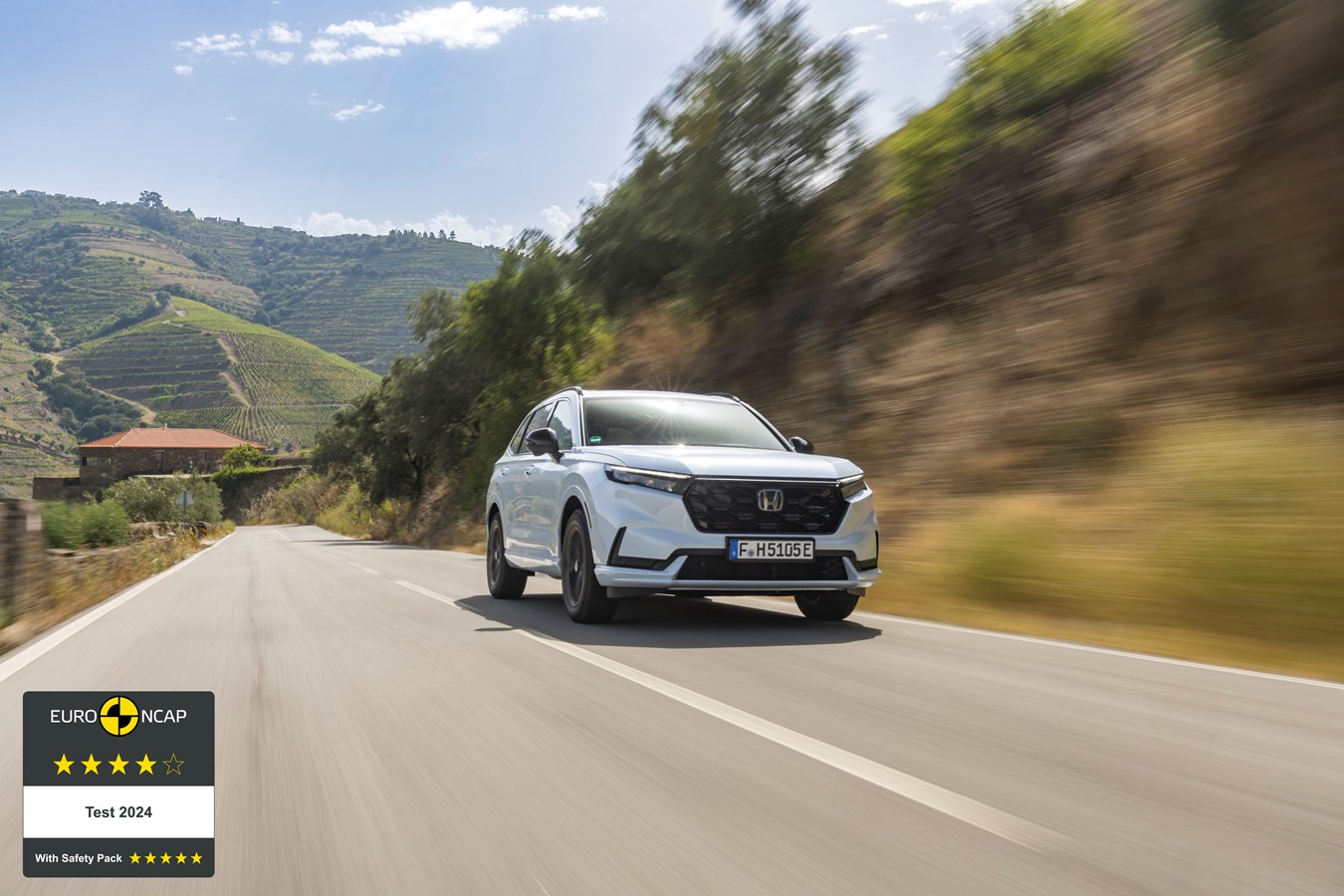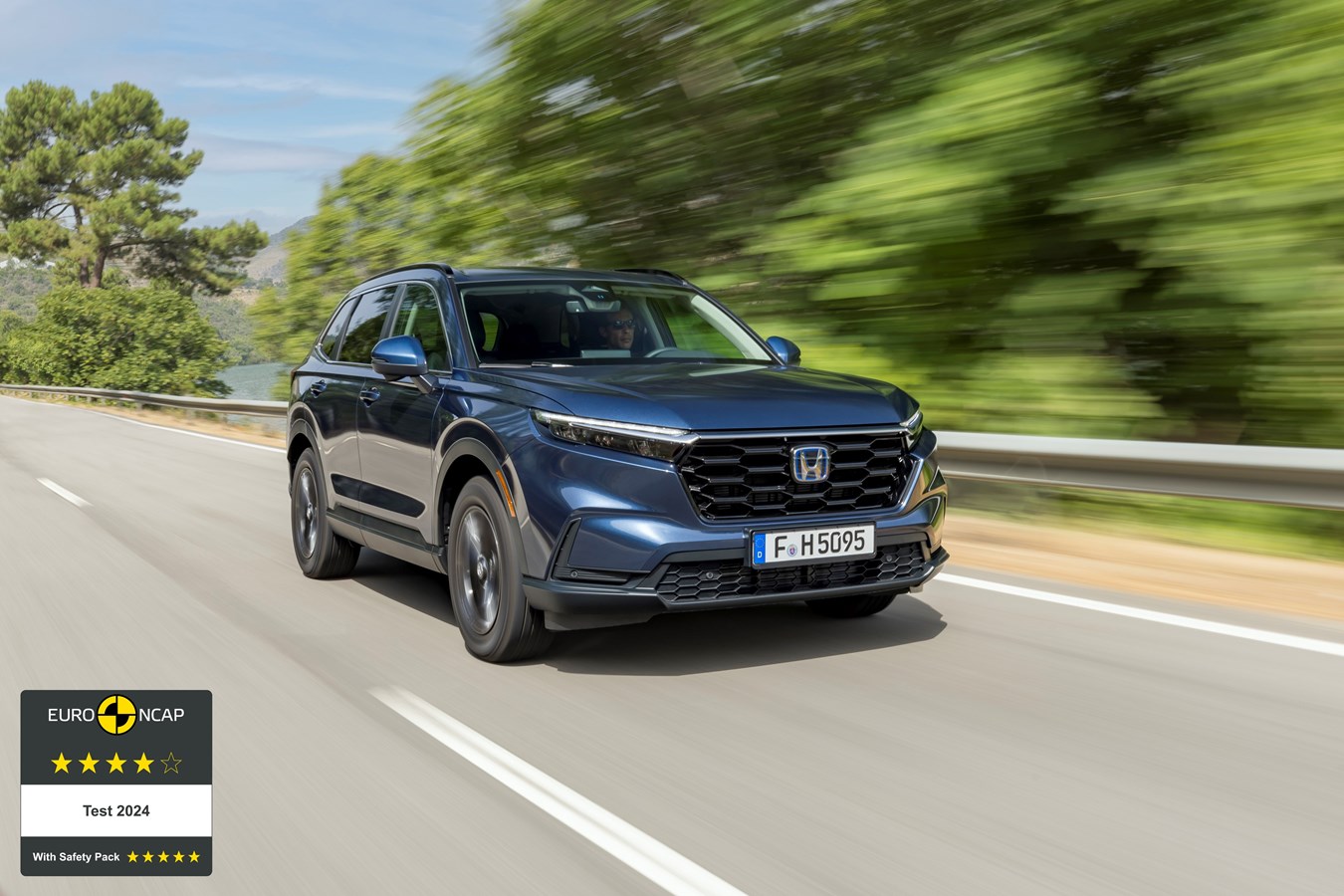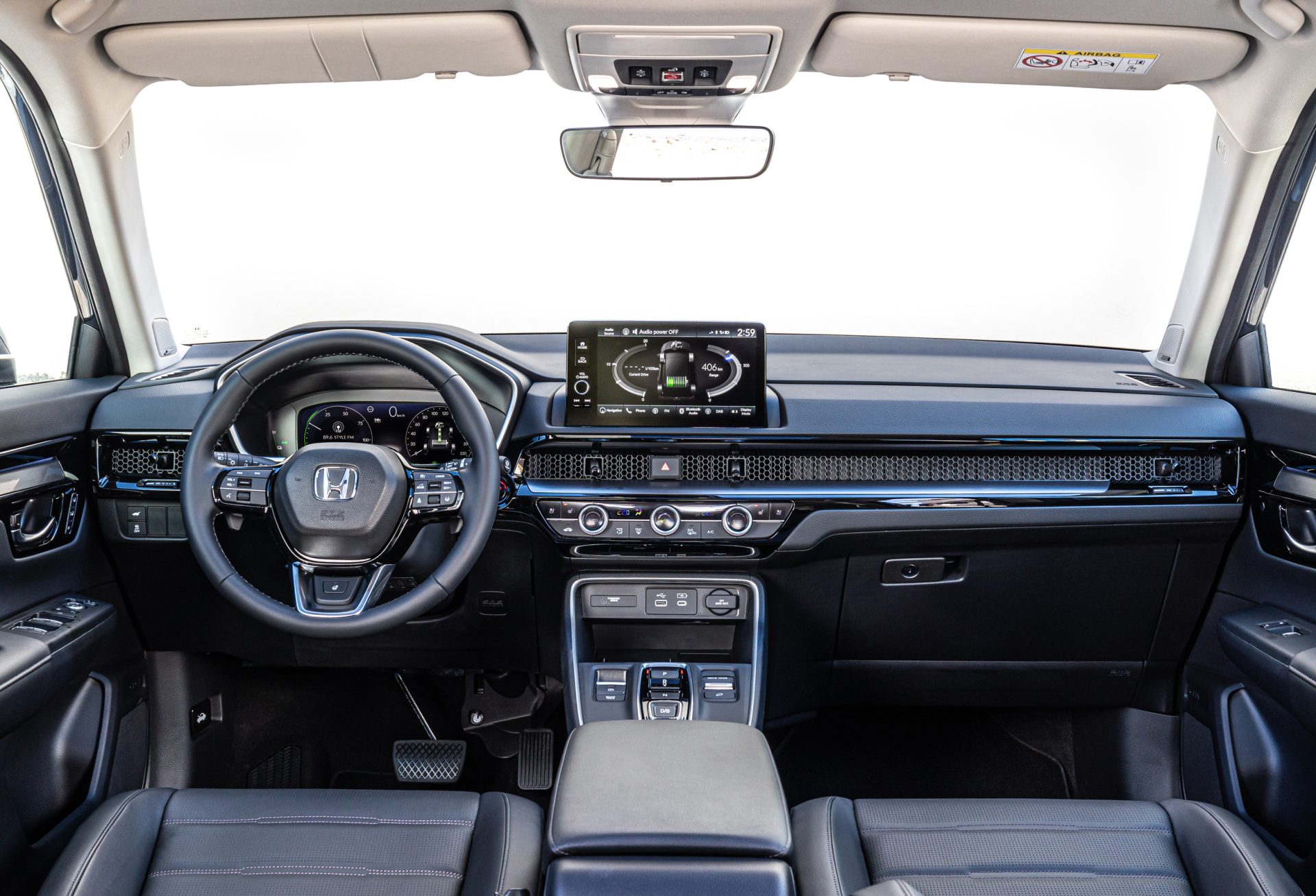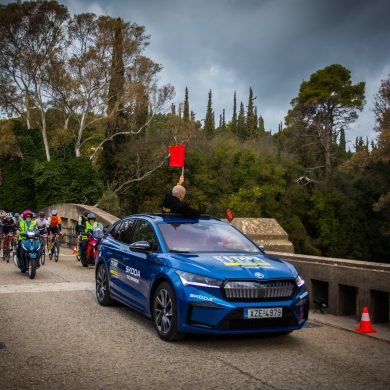The all-new Honda CR-V e:HEV and e:PHEV models with SENSING 360 have achieved the maximum five-star rating in the latest Euro NCAP safety tests.
Embodying Honda's commitment to zero Honda vehicle crashes by 2050, the sixth-generation CR-V features a range of improved and upgraded technologies to achieve one of the highest levels of passenger and pedestrian safety in its class.
- The latest CR-V models feature the latest, upgraded Honda SENSING and SENSING 360 technologies supported by sonar sensors and a front wide-angle camera, providing comprehensive safety.
- New components integrated into the CR-V's chassis and bodywork help improve protection in front, rear and side impacts
- Honda's commitment to zero Honda vehicle accidents by 2050 ensures that the CR-V remains one of the safest cars in its class

The Honda SENSING 360 features a camera with a 100° forward viewing angle, millimeter wave radar and four radars at the corners offering a full 360° view around the vehicle. Object recognition via the CR-V's updated front camera, and object detection via radar, allows the vehicle to recognize road lines, curbs, motorcycles, cyclists and other vehicles.
Honda's full SENSING 360 technology package includes the upgraded Front Cross Traffic Warning system, which is designed to detect the presence of vehicles to the left, right and in front of the car and issue audible, visual and tactile alerts to the driver if they are approaching at excessive speed.
If the driver fails to react, the Collision Mitigation Braking System is activated, which automatically applies light braking pressure to reduce the likelihood or severity of a frontal collision. If the system detects an imminent collision, it will now brake harder.
Also, in order to meet the stringent Euro NCAP crash safety standards for the protection of adult occupants, the CR-V body incorporates a number of structural beams that improve the overall passive safety of the vehicle.
In this case, the side frame and the upper frame element create multiple impact load damping/distribution paths by dissipating energy away from the cab. In addition, the A-pillar is designed and reinforced to prevent deformation of the passenger cage.
These structural improvements have been incorporated into the CR-V's chassis to comply with the new, more stringent safety protocols, which include Mobile Progressive Deformable Barrier (MPDB), Advanced European Mobile Deformable Barrier and 32km/h column impact testing. Due to the increased battery size of the e:PHEV version, transverse elements have been added to the floor to prevent deformation of the floor in the event of a side impact.

In addition to the stronger, more durable chassis, all versions of the new CR-V include a total of 11 airbags as standard, including driver/passenger knee airbags to reduce injuries in frontal collisions and side airbags to protect front and rear occupants. For the first time there is a front centre airbag to prevent contact and potential injury between the driver and front passenger in a side impact.
This level of protection extends to all occupants, not just adults, as the car also scored well in the Child Protection category thanks to its built-in ISOFIX points that comply with the latest European i-Size standards.
The Elegance version of the CR-V e:HEV equipped with Honda's SENSING system has been awarded four stars in the new, more rigorous NCAP tests.
Learn more about Honda's SENSING and SENSING 360 systems here.









